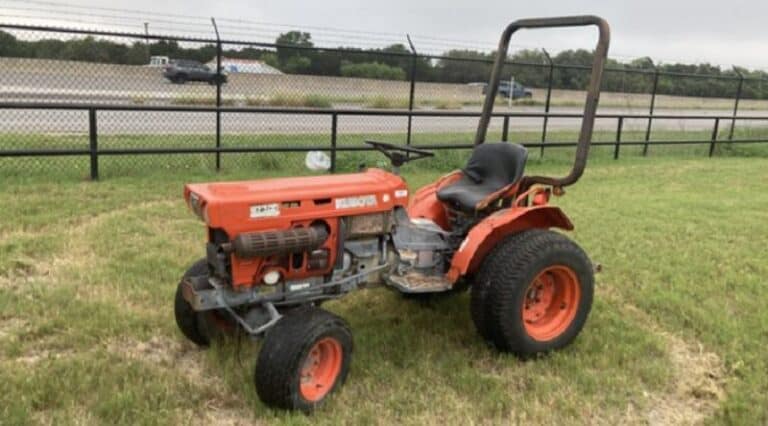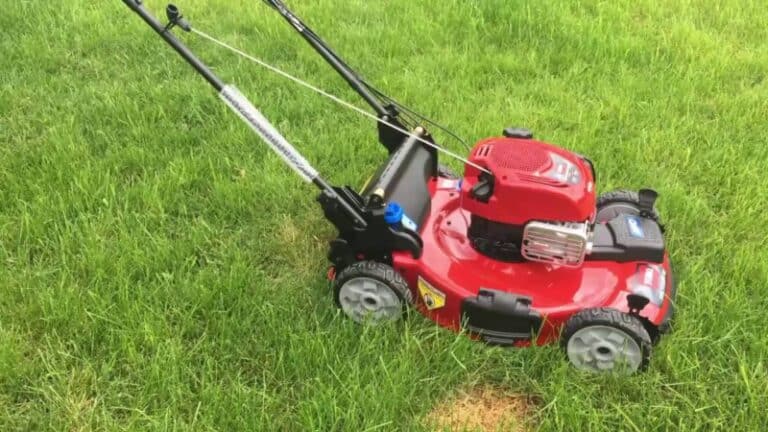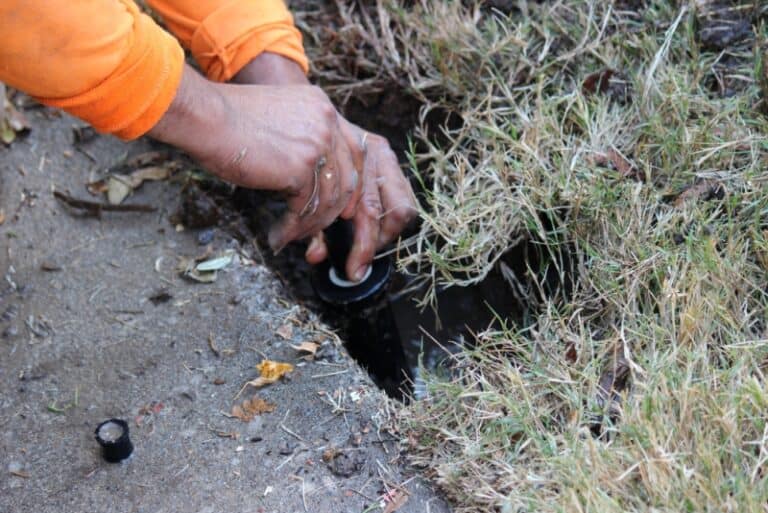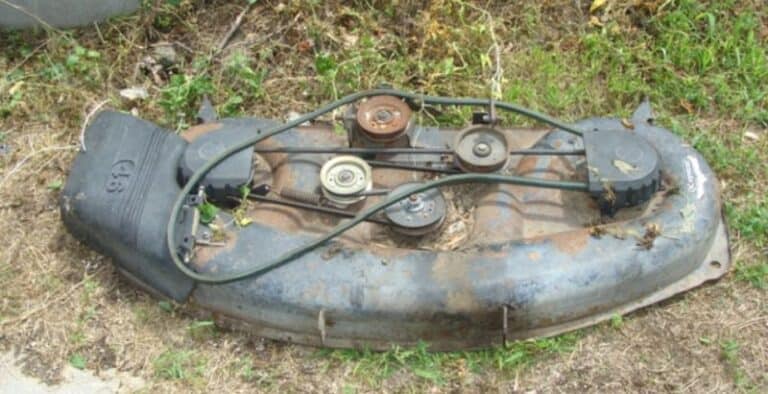Common Husqvarna Hydrostatic Drive Problems and Solutions

Are you having trouble with your Husqvarna Hydrostatic Drive mower? We know how frustrating it can be when something isn’t working correctly, and you don’t have the knowledge or skills to fix it. Don’t stress – we’re here to help! In this blog post, we’ll quickly break down some of the most common problems with hydrostatic drive mowers from Husqvarna, as well as provide helpful solutions on how to get them fixed and running like new again.
Here’s what is covered in our guide: clogged filters or low oil levels cause poor performance to significant components needing repair or replacement. Let’s get started!
Introducing the Husqvarna Drive Mower
Knowing the inner workings of your Husqvarna Water pressure Drive can help you diagnose and fix any difficulties you may have.
Water-Based Transmission System
Mowing the lawn with a weed wacker is like using a tractor. This phrase often describes a powered, purpose-built machine propelled by an internal combustion unit. Among the many kinds of hydrostatic drive, mowers like the Husqvarna often use hydrostatic propulsion systems.
The hydrostatic power makes it simple to anterior on and posterior while mowing, regardless of the surface, you’re on or whether it’s wet or dry.
Mechanical Pump that Uses Fluid Pressure
A pneumatic system and engine make up the transmission of a hydrostatic drive, which the rider may use to propel the vehicle up or down backward.
Dual-Speed Operation
Using the lever on the dashboard may change the speed between high and low.
Automatic Regulating Oil Pressure
It has fuel pump control to ensure that all of Husqvarna’s moving components function well. For example, increasing oil pressure involves pouring more oil into the system while maintaining a constant oil pressure validation.
8 Husqvarna Hydrostatic Drive Issues and Solutions
1. Unresponsive To Changes in Position
The lawnmower loses power and refuses to react to gear changes occasionally. This may be due to a misaligned transmission steering knuckle. In the event that the device’s wheels keep turning even while the gear selector is in default, the adjustment nut may need to be loosened or tightened.
If the transfer steering knuckle does not react to your movements, you may need to use the mechanical circumvent mechanism. Nothing will happen if you try to drive the tractor forward or backward by adjusting the control mechanism without releasing the brake pedal.
Never try to swap gears while the controller is still engaged.
2. Issues Starting the Mower
The tractor has problems working or won’t start entirely at times. Fear not! With a few simple measures, we can fix this.
To succeed, you must adhere to the instructions provided –
- Fill up the gas tank of your lawnmower.
- It’s important to double-check the setting for the balanced setting.
- When you start the motor or turn the key, be sure you’ve double-checked all the parameters.
3. Possible Fuel Leak in Hydraulic System
A client complained that the mower’s mobility was impaired due to a lack of oil, which is the driving force behind the air compressor. There are telltale signs of a line leakage, and they are as follows:
The Husqvarna mower will not operate optimally if the supply pressure is not maintained at its highest possible level, which a leak might cause. When a line is leaking, a smoldering odor will be present.
If you discover any leakage, you will need to replace the pipes. Rubber components can be replaced when they show signs of wear and cracking or when oil leaks through the barrier.
4. Cutting Deck Gets Stuck, Traveling Neither Forward Nor Backward
If your Husqvarna hydrostatic tractor gets stuck, the problem may be the age of the drilling pump. Other possible reasons include a lack of power due to air in the pipes or a drive chain that has worn out. That’s why prolonged periods of inactivity in the transmission drive need extra caution.
5. Wire Coils
Hydrostatic transmissions transfer the engine’s horsepower to the tires without using a conventional gearbox. Unfortunately, hydrostatic outputs may not function well because of the defective coils. As a result, motorists may have trouble getting out of their vehicles since the gearbox won’t disconnect.
6. Problems with The Transmission Due to Dust
Hydrostatic outputs need relatively dust-free conditions to function properly. Operating a tractor in a filthy setting may cause the gearbox to get clogged with debris and filth.
There should be no issue if you keep your machine in continuous motion. The waste is expelled from the compressor and into the reservoir, chilled, and then removed by the engine’s cooling system.
But, if you don’t operate your machine for a while, the silt and filth within it will dry up and block your gearbox, rendering it useless.
Maintaining a consistent lawn mower usage schedule is the best approach to avoid this issue. However, if you are experiencing hydrostatic transmission issues, you may undertake internal cleaning to resolve the issue.
You’ll be able to return to work faster and avoid spending money on expensive fixes.
7. A Case of Line Burst
If you leave your hydrostatic lawnmower idling all winter, air may sneak into the lines and cause damage. The pressure is too low to get the same outcomes as usual.
Blowing the Air Out of the Pipes
When storing your lawnmower for the winter, you should drain the hydraulic oil from it each year. Once again, you may use these directions to remove excess air from your lines:
- Stop the lawnmower from rolling away by blocking its back wheels. Then, put on the brakes and park.
- Use the procedures outlined in your car’s handbook to disable the gearbox.
- When you’re ready to cut the grass, switch the tractor to normal and release the brakes.
- Allow roughly five seconds of full power before reversing.
To do this, you should press the throttle in the up direction for five seconds, then drag it backward and do the same for 6 seconds. It is recommended that you carry out this procedure three to four times.
- When you perform this, the air in the fluid drive will be released.
- Don’t forget to turn off the lawnmower
- Activate the gearbox again.
You should go ahead for around 10 seconds after you’ve engaged the gearbox again and then retrace for the same amount of time. After this procedure, we’re hoping no oxygen will be left. Saving money by not having to take your tractor to an expert is a significant benefit of this method.
8. Power Decreases in Lawnmower
The lack of power indicates an issue with your hydrostatic transmission. The fuel system and air filters have become blocked, causing this issue. A contributing factor is the current low oil supply.
To Solve:
If there is a blockage in the air purifier or intake tube, do the following:
- If they’re cluttered, give them a good brushing, and then give them a thorough cleaning with a cotton swab or cloth.
- Check for bends in the gasoline lines, which may cause the fuel to circulate more slowly or even cease.
- If any twists are discovered, they should be straightened out, and if none are found, the cables and their connectors should be replaced.
- Long operating periods with inadequate engine oil concentrations need regular maintenance. In the case of a vehicle that uses 20W-50 synthetic mix oil, for instance, an oil change is required every six months if the oil has not been replaced.
Troubleshooting and Fixing a Husqvarna Hydrostatic Transmission
Husqvarna hydrostatic tractors are challenging to fix because they are enclosed. Therefore, you should contact a service center agent for diagnosis or maintenance. The typical homeowner needs more specialized equipment, thorough education, and in-depth experience to diagnose and fix problems with a hydrostatic drive.
Conclusion
You have gained knowledge of the issues and solutions associated with the Husqvarna dynamic motor. There are a variety of problems that might be preventing your hydrostatic lawnmower from moving—after that, determining the answer will be simple.
If at all feasible, turn off the valve. Examine the heater, the mainline pressure cleaners, the crosspost safety valves, and the compressor and engine box outlets for signs of abnormal circumventing if the equipment is scorching.
You can also read:






